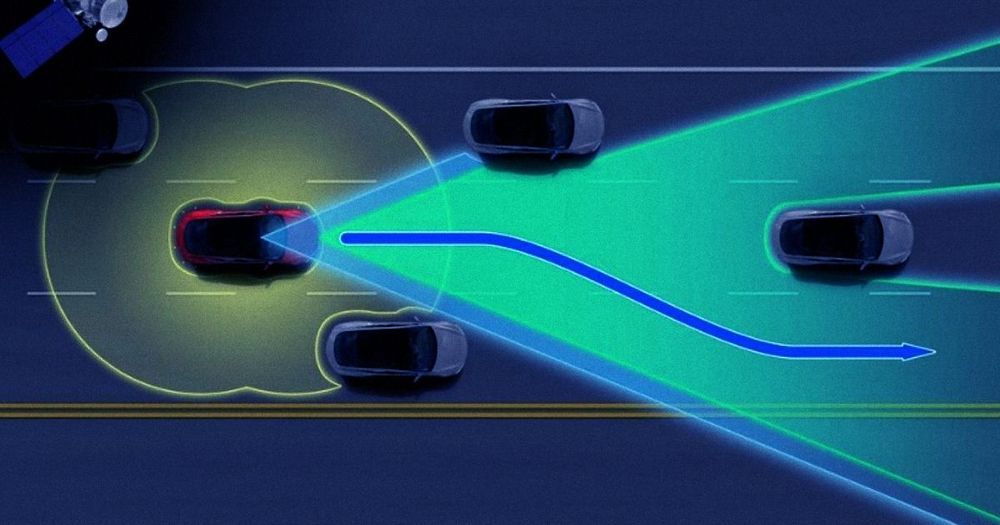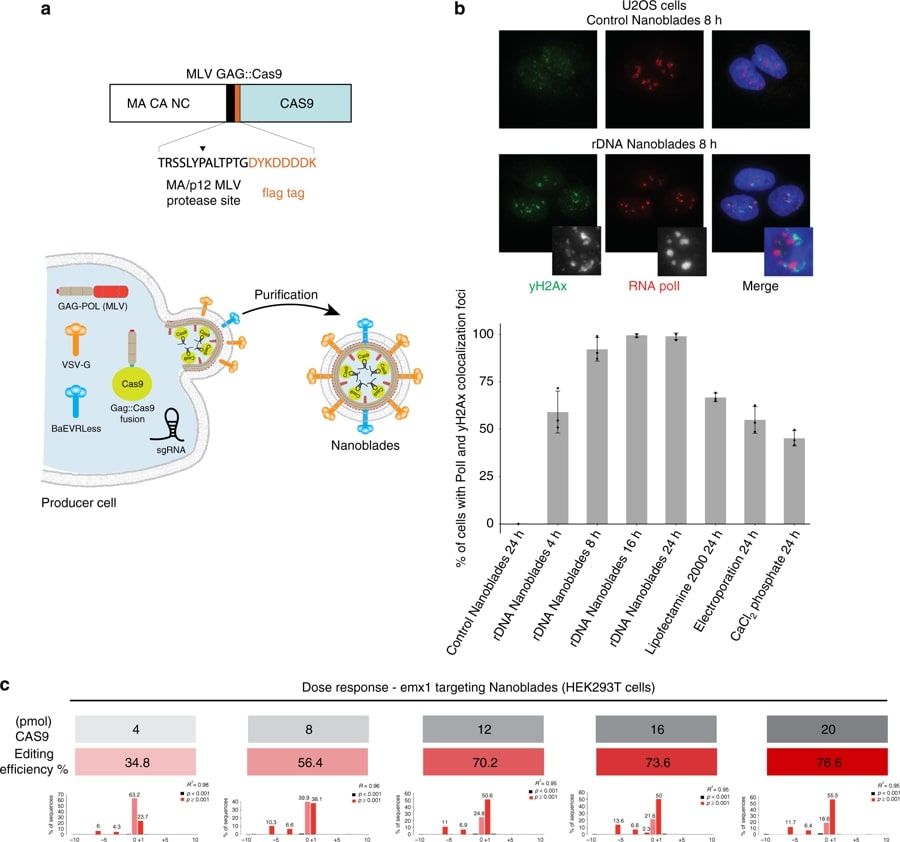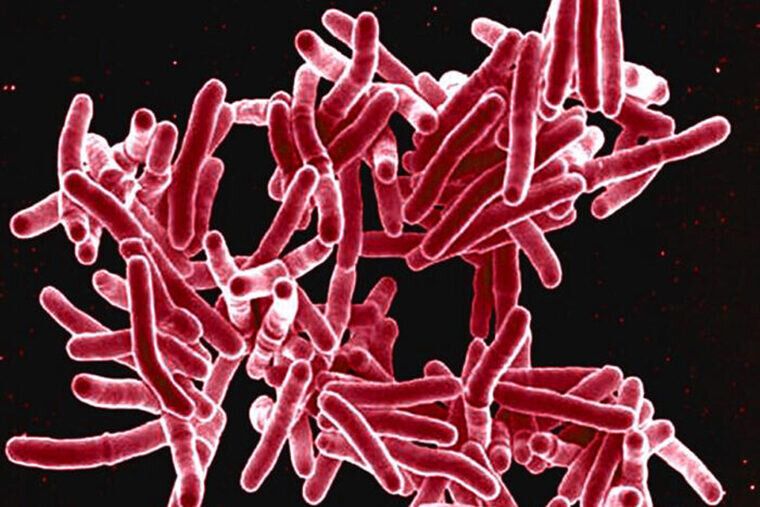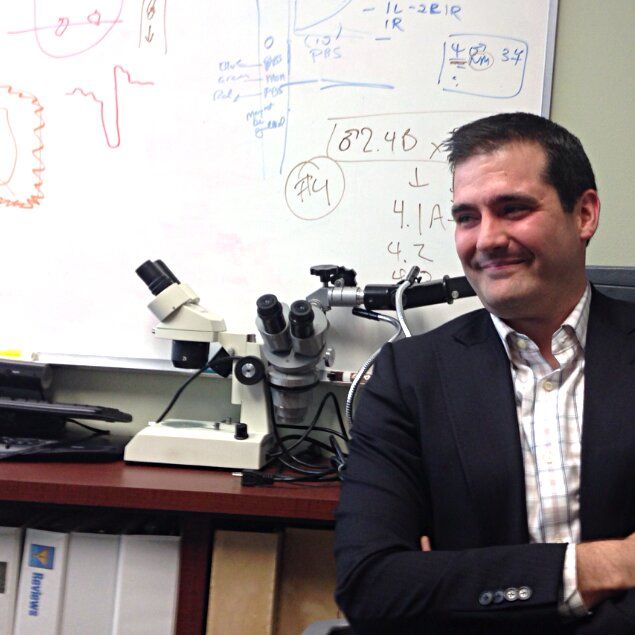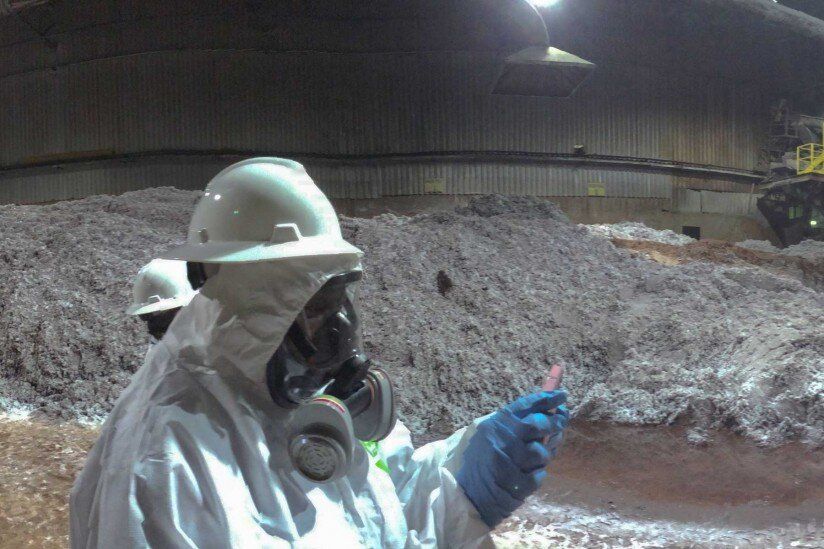May 7, 2019
See Tesla’s Enhanced Summon Pick up a Driver in a Parking Lot
Posted by Quinn Sena in categories: robotics/AI, transportation
After its release, Tesla owners could instruct their vehicles to autonomously pull in or out of a parking space or garage with the push of a button. They just couldn’t expect the car to make any turns.
In late 2018, Musk began teasing a major update to Summon, which Tesla began rolling out in March — and a newly released video of Enhanced Summon in action shows just how far autonomous tech has come in three years.
Continue reading “See Tesla’s Enhanced Summon Pick up a Driver in a Parking Lot” »
